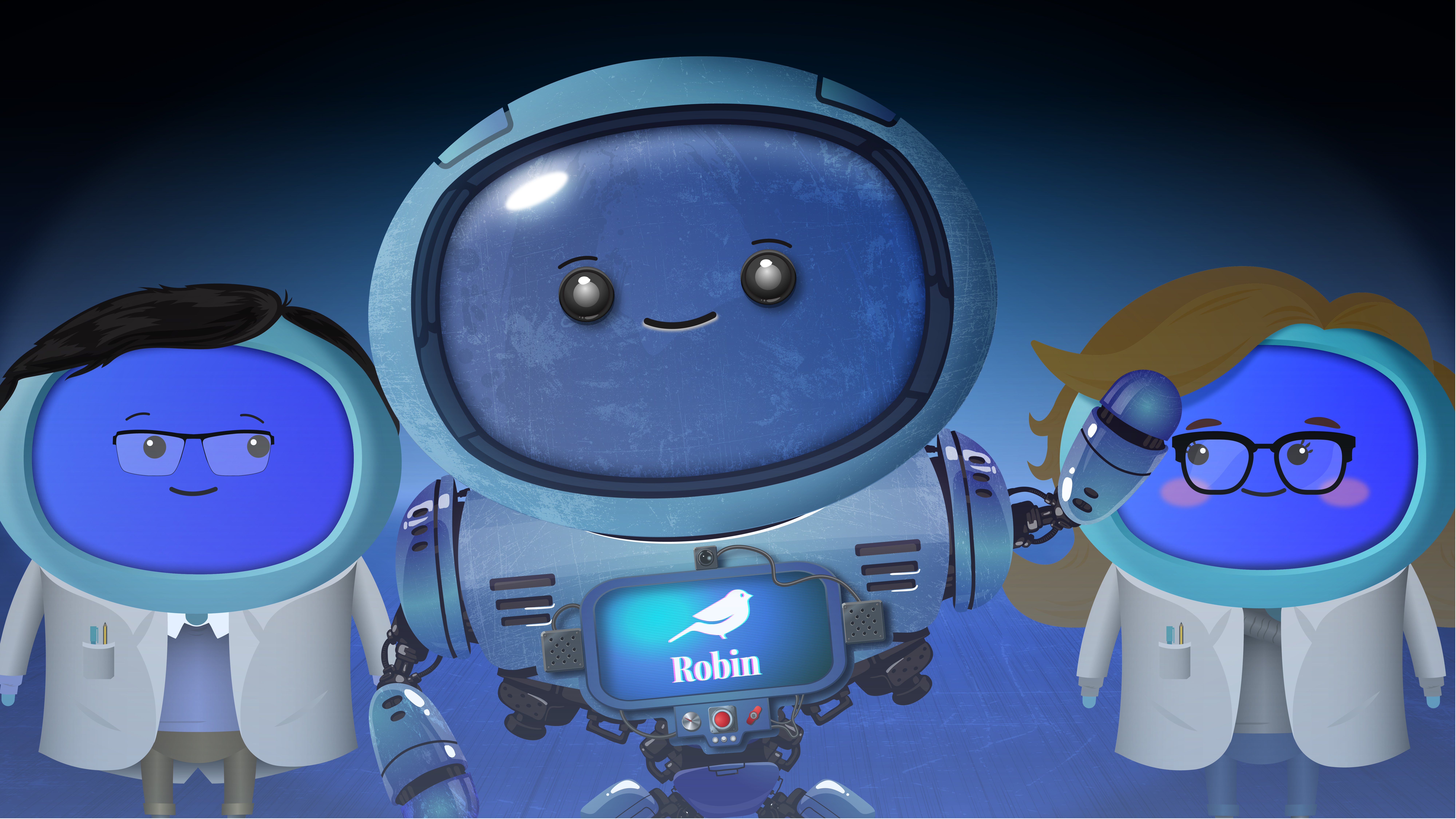We’ve talked a lot about psychological safety red flags and pulling it back from the brink. But there’s no opportunity quite like impacting the blank slate experience of the new joiner.
LinkedIn’s 2023 Workplace Learning Report states, 93% of organisations are concerned about employee retention. And we know the start of the employee journey is especially crucial; 30% of new employees leave their job within the first six months.
Aside from showing off what a stupendous culture you have, there are a lot of things you can set in motion to help people settle in and feel comfortable. Feeling psychologically safe; being able to challenge, question and provide honest feedback without repercussions has become a standard expectation, and rightly so.
We have nine great ideas for interrogating your onboarding approach, helping people to feel included, heard and supported from the get-go.
1. Let preboarding drive your onboarding
We’re not all in the position to be able to provide highly personalised onboarding, but it should be possible to make small tweaks and adjustments based on the individual. Littering the recruitment process and time leading up to their start date with a few considered questions – like asking how the person likes to work and learn, can really inform your approach to their onboarding.
Understanding if they need reasonable adjustments and providing opportunities for them to speak to key team members can influence the pace, priorities and packaging of their journey. You might discover that they prefer to absorb information by themselves first or like to jump in at the deep end and learn on the job – both things you can factor in.
2. Send only welcome information
It can be really useful to send over resources and pre-reading ahead of the first day – but both extremes of this can be damaging. Complete radio silence can make the individual feel disconnected and anxious (particularly if the gap is significant) and bombarding them with stuff to check out can feel like they’re already on the payroll, without the pay. So, if in doubt, ask how they’d like to play it and read the room. Offer something they can explore on their own terms or share useful pre-reads, like a culture book if you have one. They can always request more.
We’ve had new joiners who are super keen to get stuck in or twiddling their thumbs between jobs and others who understandably want to protect the headspace and start fresh on day one – both are fine – just try to cater to them rather than stick to what you feel is the best approach.
3. Pre-empt causes of stress
We’ve started sending out a ‘Your First Day’ letter, in an attempt to eliminate some of the big things people worry about (and are maybe afraid to ask). We cover logistics, travel and parking, lunch, drinks facilities, area details and who will be around to welcome them, then FAQs around payday, dress code, storage, showers and pets etc. It’s two pages - we keep things high-level and to the point.
Try and put yourself in their shoes. What would be valuable to you? What could you have done with knowing? We love this feature from HRD Connect, which delves into some of the stressors people experience when starting a new role.
4. Give notice of events
If there are activities on the horizon, especially ones which involve travel or preparation, the earlier you can pass over the details, the better. Plenty of advance warning shows care and consideration – be it team drinks, an early-start exhibition, training in a different location or something else that’s not business as usual – making arrangements on the back foot can be really tricky and overwhelming (plus, we all have needy lockdown dogs now).
It’s a great way to help someone feel included and small gestures like this shows you see them as a person outside of the job who needs time to make arrangements.
5. Over-connect if it's remote onboarding
As it typically takes longer to build rapport when people aren’t together, it’s important to create opportunities for connection. Even if you dial it down later, putting time in for access to different people and teams, and conversations which aren’t just about work, should be a priority.
It’s easy for new people to get lost in a busy, remote team – even established members can fall prey to ‘out of sight, out of mind’ if they work very independently. Some of this booked-in time might feel artificial and forced (like the first hour of a networking event) and it could take time to feel out what’s natural and helpful. Variety and honing-as-you-go is key.
6. Think about the gathering experience
In a hybrid set-up, consider the remote perspective in meetings. It’s harder to feel included dialling into a team catch-up if some people are physically together. A lot of us have experienced being a laptop on someone’s knee, badly angled at the floor or just one person, with the bulk of the conversation happening in the room. It’s harder to pick up body language cues and make eye contact, all things which help discussions flow.
Should everyone dial in from their computers? Can an agenda help to ensure everyone gets a chance to input? What works well will depend on your context and might take some experimenting – just keep in mind that new people are often more reluctant to share ideas or raise questions – check if the environment is exacerbating and if anything can be done to help.
7. Bolster your Buddy Scheme
We still have work to do on defining our Buddy Scheme, but we recognise how valuable a fully formed game plan can be. In theory, you’re setting up the new joiner with someone in the business who can hold their hand for the informal and cultural stuff – a home for silly questions and navigating life outside of the employee handbook and policies. This scheme should be more about the day-to-day, demystifying jargon, making introductions, and checking in on how the person is doing.
In an ideal world, this person is a role model and established team member who’s really enjoying life in the business – they’ll no doubt share their experience and perspective, so you want this to be largely positive. A disgruntled and disengaged buddy will do more harm than good, for sure.
Venturing further into the blue sky ideal, if they have strong and varied relationships across the company, are an active listener, have time to dedicate and typically make people feel comfortable and supported, well, come on down.
Whilst providing training for buddies might be unrealistic and a step too far, a quick reference guide is advised – you could include things like encouraging self-awareness of working practices – do they regularly message others out of hours, take full lunch breaks or ask for help when they need it? What are they presenting as the accepted culture? A useful reflection exercise for managers too!
8. Be honest and co-create
There’s a lot of virtue-signalling in job ads and during the recruitment process – but is it the truth? Failing to manage expectations early doors and professing a picture-perfect culture which just doesn’t exist yet, will only create problems down the road.
Some people will be risking a lot by taking this new role: taking a pay cut, changing industry, moving home, leaving a comfortable situation – arriving at something wholly unexpected that really differs from the brief is no good to either party.
Take their L&D journey as an example - if they’ve been sold on a people-centric, agile experience but the reality is a comprehensively mapped out 12 months, it can feel like learning is a restrictive conveyor belt, focused on the role and not the individual.
This can be overwhelming or just plain disappointing – whilst we’re not expecting to have full autonomy over our development, not being part of the conversation at all can be stifling. Especially if when you express curiosity over other areas, or signpost something valuable which is outside of these lines, it’s shot down.
A lack of collaboration, receptiveness and interest (and not just regarding L&D), early doors, will naturally set off warning bells.
Do you practice what you preach during the recruitment process?
9. Keep the conversation going
Some onboarding programmes are seen as finite – a few weeks or months of support, then the individual is released into the wild to fend for themselves.
But does it have to be that cut and dry? Has anyone ever felt fully immersed in a business after 4 weeks? One of the downfalls of limiting the concept of onboarding is you end up pushing a huge volume of information at someone over a short space of time, some of which, they won’t need to know for months. This level of intensity doesn’t help anyone.
Learning when it’s timely, useful, and when it can be properly digested and quickly applied (good old learning transfer), is a smart approach. What the person needs will be ever-evolving too – prescribing one size fits all development can lead to disconnect and frustration.
A 30 and 90-day check-in is part of our strategy – informal chats (with yours truly) to see how things are going and gather feedback. I ask open-ended questions on everything from ease of building relationships and feeling welcome, to the level of support and training provided, challenges faced and thoughts on the working environment. I channel key aspects of this conversation to line managers and back into our onboarding process, with a focus on learning and improving. Anonymous avenues are useful too, just in case this feels more comfortable.
Do your new joiners have safe spaces to raise concerns, questions and get help with roadblocks?
Summary
Psychological safety is in flux and it’s deeply personal. Whilst we can’t expect to ensure every new person feels themselves and engaged 100% of the time, we can pay attention, listen and stay open to pivoting. Whether L&D, a manager, a buddy or a colleague, we should be mindful of our own behaviours and the part we have to play in creating and sustaining a psychologically safe workplace for everyone.
Why not share you own top tips for a positive onboarding experience with us? We'd love to hear from you!
Want to learn more about psychological safety?
If you're looking to make your workplace a happier and more productive place to be, take a look at our Psychological Safety eLearning Collection or download our FREE Psychological Safety Starter Kit, containing a range of resources to help you start creating a happier workplace culture!
![]()

Gemma Glover
Head of People




